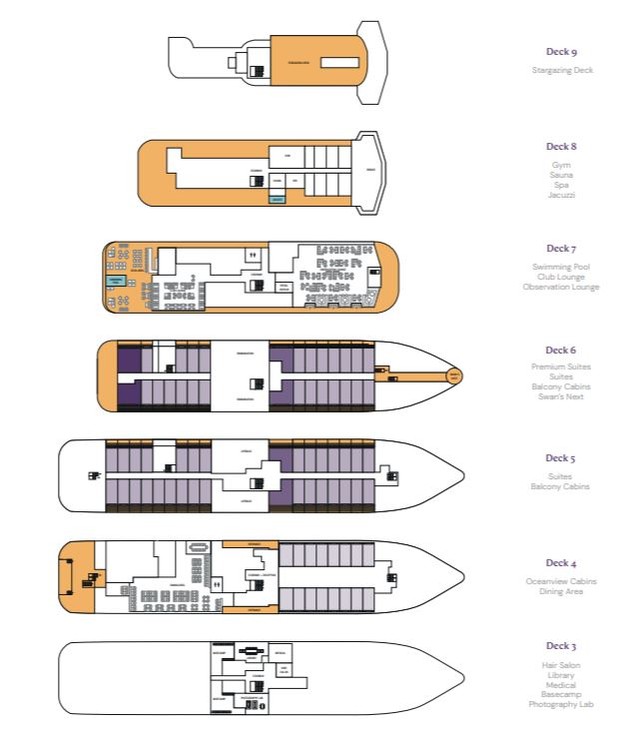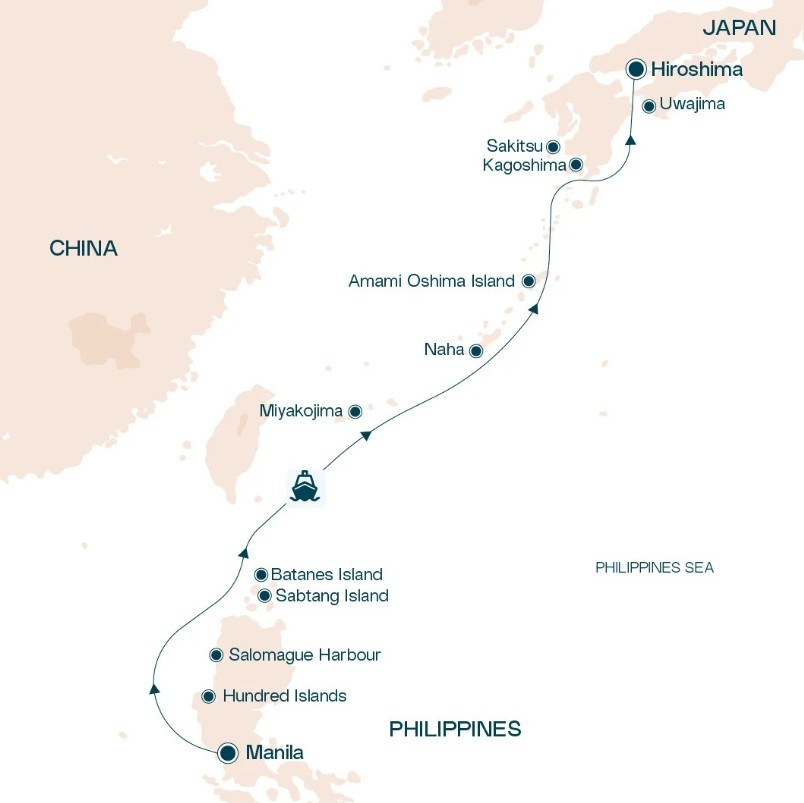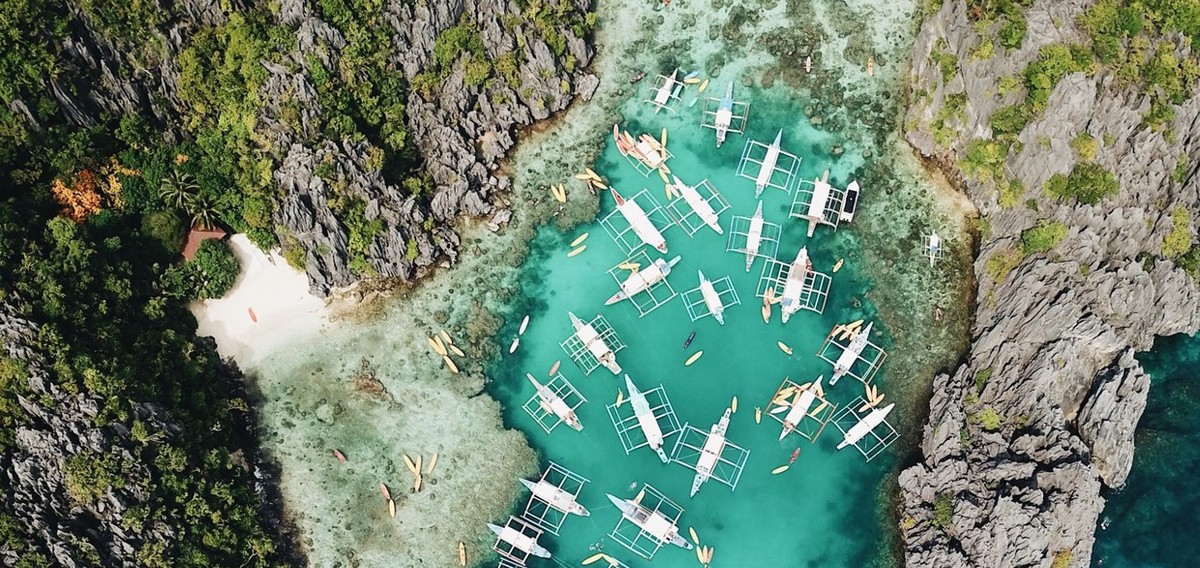
Join Swan Hellenic on a remarkable cultural discovery cruise from the vibrant shores of Manila to the historic city of Hiroshima. This immersive small-ship voyage offers a rare opportunity to explore the rich cultural tapestry of the Philippines, the Taiwan Strait, and southern Japan. Sailing through lesser-travelled waters, you’ll uncover a fascinating blend of ancient traditions, spiritual heritage, and stunning natural beauty across East and Southeast Asia — all during the calm, temperate days of early summer. From the emerald islands of the Philippines to the serene temples of Kyushu, each stop reveals a distinct layer of regional identity.
Discover the Spanish colonial charm of Vigan, the unique island beauty of the UNESCO-listed Hundred Islands, and the timeless way of life in the remote Batanes and Sabtang Islands, where the Ivatan people maintain centuries-old customs. In Japan, explore sacred Christian sites in Sakitsu, stroll through the vibrant cityscape of Kagoshima, and reflect on history in the poignant setting of Hiroshima.
Perfect for culturally curious travelers seeking depth, authenticity, and comfort, this Philippines to Japan cruise blends remote island exploration with meaningful heritage experiences. Onboard Swan Hellenic’s elegant expedition ship, you’ll enjoy expert-led insights, refined service, and unforgettable moments in places rarely seen by mainstream tourism. Discover Asia’s cultural crossroads in signature Swan Hellenic style — immersive, enriching, and elegantly adventurous.
- Sail past emerald isles, remote Batanes, and southern Japan’s quiet coasts
- Encounter Ivatan islanders preserving centuries-old traditions and explore spiritual sites like Sakitsu and Hiroshima
- Enjoy cultural excursions to Vigan’s UNESCO World Heritage Site and Kagoshima’s samurai heritage in Chiran
Availability is always subject to confirmation. Please check with us before booking flights
Prices quoted here are often dependent on currency fluctuations. Please check with (01432 507450 or info@small-cruise-ships.com) for the very latest price, which may well be cheaper than the one advertised here.
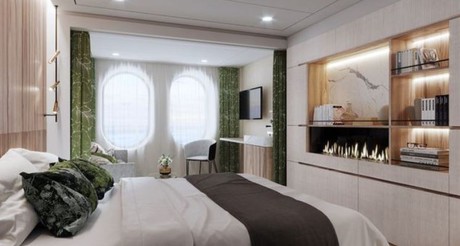
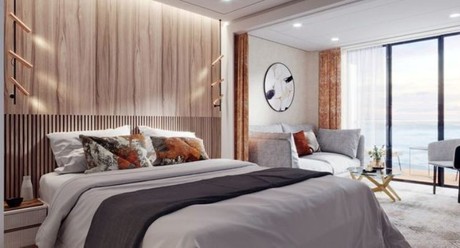


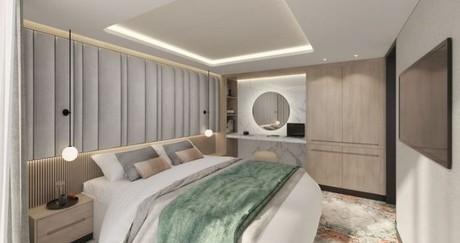
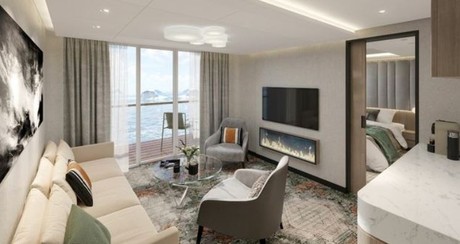
Arrive in Manila today. The capital of the Philippines is a teeming, sprawling metropolis. Its flaws are no match for its creative, exciting energy, which infused everything from its art to food. There’s so much to see and do here: the city’s museums, Fort Santiago, San Agustin Church and the Chinese Cemetery are some of the highlights. Intramuros – the old Spanish walled town at the heart of the city – is unmissable. Explore if timings allow and be sure to sample some Filipino cuisine in all its bold sour, sweet and tangy glory. Alternatively, head straight to your home for the next several days. After a seamless check-in, settle into your cabin or stateroom and take time to explore your ship’s luxurious facilities.
Hundred Islands National Park in the Lingayen Gulf of the Philippines has 124 islands known for their unique mushroom shapes, formed from ancient seabeds influenced by shifting sea levels. Conservation efforts like giant clam replanting aim to protect the marine environment, once traversed by Spanish galleons. Governor's Island has a deck with a statue of St. Joseph and is the jump point for the 546m island-to-island zipline.
The Philippines' best preserved colonial town, the UNESCO-listed 16th century Vigan City lies an hour south of Salomague port. Vigan's unique fusion architecture blending Philippine, Chinese and European elements has "no parallel in East and Southeast Asia" per UNESCO. Cobblestoned Calle Crisologo is the lively main street of the Mestizo district, with its broad promenade (malecón), horse-drawn carriages and rustic mansions.
Batanes, the Philippines’ northernmost province with capital Basco, was first occupied by Japan in WWII, leaving behind the hand-carved Dipnaysuhuan Tunnel, cut from volcanic rock. Today, Batanes is celebrated for its Ivatan heritage, with a resilient culture shaped by isolation and storms, reflected in its century-old stone houses. Diura Fishing Village showcases this enduring spirit, where traditional Ivatan fishing rituals continue today.
A small island with a rustic vibe, Sabtang is one of four main inhabited islands of Batanes and features peaceful sandy beaches backed by verdant cliffs. Browse traditional products like woven baskets and the local berry wine. For a moderate hike, wind your way up occasionally steep, grassy ridges to breathtaking seascapes at the Chamantad-Tinyan Viewpoint. On Morong Beach, photogenic Mahayao Arch is a massive natural rock formation.
Sea days are rarely dull. Take the time to sit back and let the world go by. The ship’s observation decks provide stunning views of the passing ocean. A day at sea gives you the opportunity to mingle with other passengers and share your experiences of this incredible trip or head to our library which is stocked full of reference books. Get an expert’s view in one of our on-board lectures or perhaps perfect your photography skills with invaluable advice from our onboard professional photographers.
Miyakojima, Okinawa Prefecture's fourth largest island, is almost entirely ringed by a vibrant fringing coral reef, which protects its celebrated coastlines and provides a paradise for marine life. The island's jewel is Yonaha-Maehama Beach, a 7km stretch of pristine white sand, consistently ranked among Japan's finest. Its calm, clear waters are perfect for swimming and watersports. On the opposite side of the island in the southeast, Yoshino Beach attracts snorkellers with colourful fish and an equally magnificent coral reef.
Naha is the capital of the Okinawa prefecture, part of an archipelago of more than 160 islands that formed part of the independent Ryukyu Kingdom, ruled by monarchs from the 1400s, until it became part of Japan in 1879. Ryukyu attractions include Shuri Castle, once home to Ryukyu royalty, and Naminouegu shrine. This seaside city also offers one of Japan’s best museums - the Okinawa Prefectural Museum & Art Museum.
Dreamy beaches, mangroves and cerulean seas make up the Amami Islands. The largest, Amami Oshima, was part of the Ryukyu Kingdom before brief US control after WWII. The Tanaka Isson Memorial Museum in Amami Park displays works by the late painter who lived here. Pristine beaches like Tomori have colourful marine life, while in the south, rivers weave round the Mangrove Primeval Forest, and rugged cliffs and giant pebbles hug the Honohoshi Coast.
Sakitsu Village, on the Amakusa Islands in western Kumamoto, is a UNESCO World Heritage Site tied to Japan’s Hidden Christian history. Once a secret hub of worship during prohibition, it’s home to Sakitsu Church, known as the “Church of the Sea,” with a European Gothic exterior and rare tatami-mat interior. The village’s story is further told at the Minato-ya Museum, which displays artefacts used to practice the faith in secret.
Kagoshima, on the southwest tip of Japan’s Kyushu Island, is home to several glassmakers and potteries where artisans specialise in making Satsuma pottery and delicately cut Kiriko glassware. This city is a mix of classic Japanese architecture, modern high-rises and a spattering of Art Deco buildings. Observation points around the city provide dramatic views of Mount Sakurajima, an active volcano on a nearby island that regularly smokes.
Uwajima, a bustling coastal city, is anchored by the elegant Uwajima Castle, one of twelve Edo-period survivors, with spectacular cityscapes for hikers ascending to its keep. The Tensha-en Garden is a tranquil space with bamboo groves, towering culms and seasonal blooms. In the nearby village of Uchiko, the Old Quarter's streets are lined with well-preserved wooden houses and merchant buildings, frozen in time from the 18th and 19th centuries.
Hiroshima is a city of peace and resilience. The Hiroshima Peace Park and Museum, designated a UNESCO World Heritage Site, vividly portrays the aftermath of the atomic bombing. Designed by Kenzō Tange and inaugurated in 1955, the museum serves as a global symbol of peace, featuring a solemn cenotaph bearing the victims' names and the Flame of Peace, lit in 1964. The Genbaku Dome stands as the sole original structure left at the blast site.
Itineraries are subject to change.
Minerva
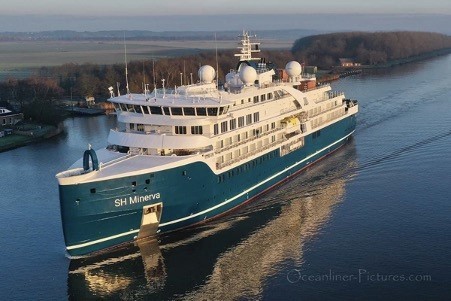
| Launch | 2021 |
|---|---|
| Max passengers | 152 |
The 5 star elegant Scandi-design boutique ship offers you an intimate setting from which you will be fully immersed in all the sights and scenery of your voyage.
Introducing SH Minerva
Minerva has been designed to journey to off the beaten path destinations and remote polar regions in style and comfort. The ship incorporates a PC5 ice-strengthened hull combined with extra-large stabilisers to make your journey as smooth as possible.
Sophisticated Elegance
We know how important outdoor space is, so our spacious, relaxing public spaces provide wide open, unobstructed views throughout the ship. The destination will always be in view.
Your Wellbeing
The safety & happiness of the guests is paramount to the 120-strong crew on board as well as the passionate expedition team who'll be serving up thrilling shore excursions and lasting memories.
Cabin Types
The 76 cabins including 6 suites have all the amenities you will need to feel comfortable including dressing gowns, hairdryers, personal safes and minibars. The stylish cabins all have desks, a dressing area and comfy seating. En suite bathrooms all feature glass-enclosed rain showers.
Wheelchair access
Guests who use wheelchairs must bring their own, as we have only a small number of wheelchairs stored onboard for emergencies. To ensure ease of movement on the ship, wheelchairs and mobility aids must be no wider than 65cm. All mobility or medical equipment brought on board must be capable of being carried safely and must be declared before sailing. To ensure that all guests can safely evacuate during an emergency, guests requiring a wheelchair can only be accommodated in our ADA-accessible cabins.
There is an Oceanview stateroom on Vega which is specifically designed to be completely ADA compliant and have a fully operable wheelchair-access wet unit.
Vega has two lifts, serving every passenger deck apart from the Stargazing top deck, which is, therefore, more difficult to access, as are the Aft Marina and Swan’s Nest forward observation platform. Also, we don’t have special equipment to access the swimming pool, jacuzzi, or sauna. Otherwise, the ship is entirely at your disposal.
Many of the expeditions ashore in remote places are by Zodiac. Boarding these boats and returning aboard can present challenges for wheelchair users, as can navigating uneven terrain. These challenges are by no means always insurmountable, though, and our highly experienced crew is trained to provide reliable advice and assistance. They will make every effort to ensure wheelchair-using guests enjoy a memorable experience at each destination. Our general guidance, however, is to recommend wheelchair users travel with a companion for their ease and enjoyment.
If you prefer to remain aboard, our panoramic interiors and ample open decks ensure an immersive, intimate experience of your inspiring surroundings.
Deck plans are for illustrative purposes only – The actual ship and cabin layout may differ.
